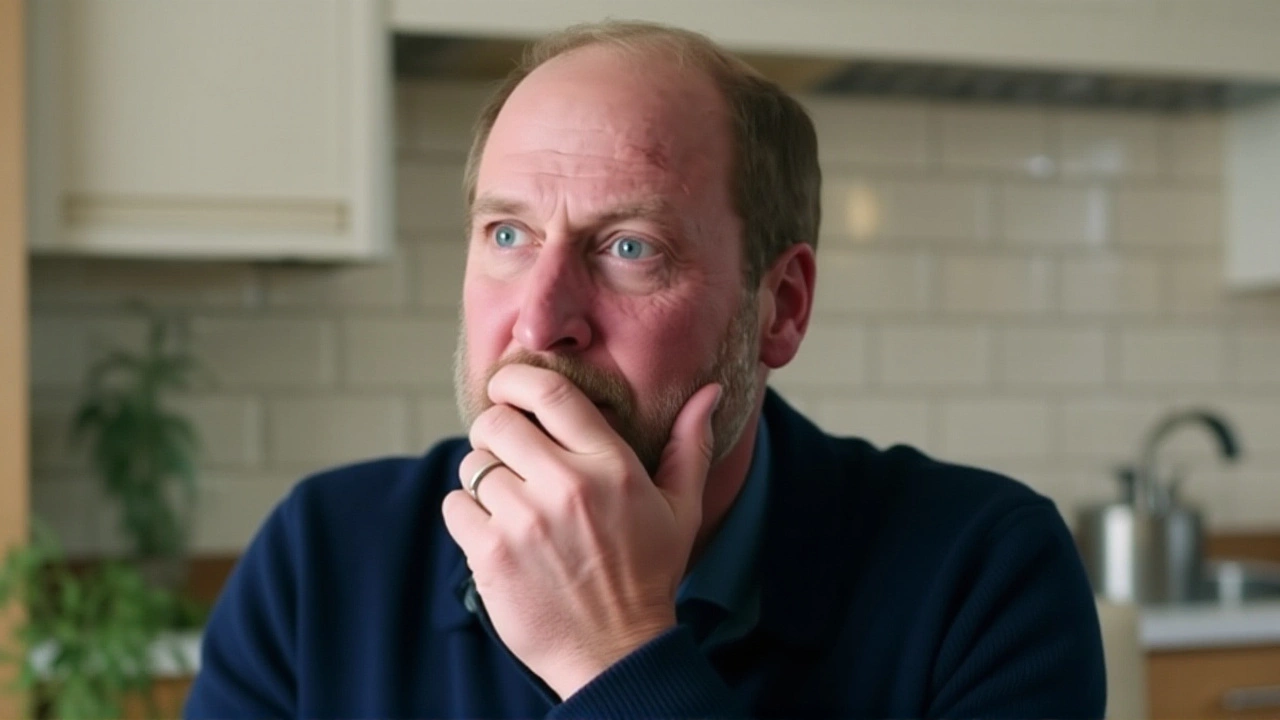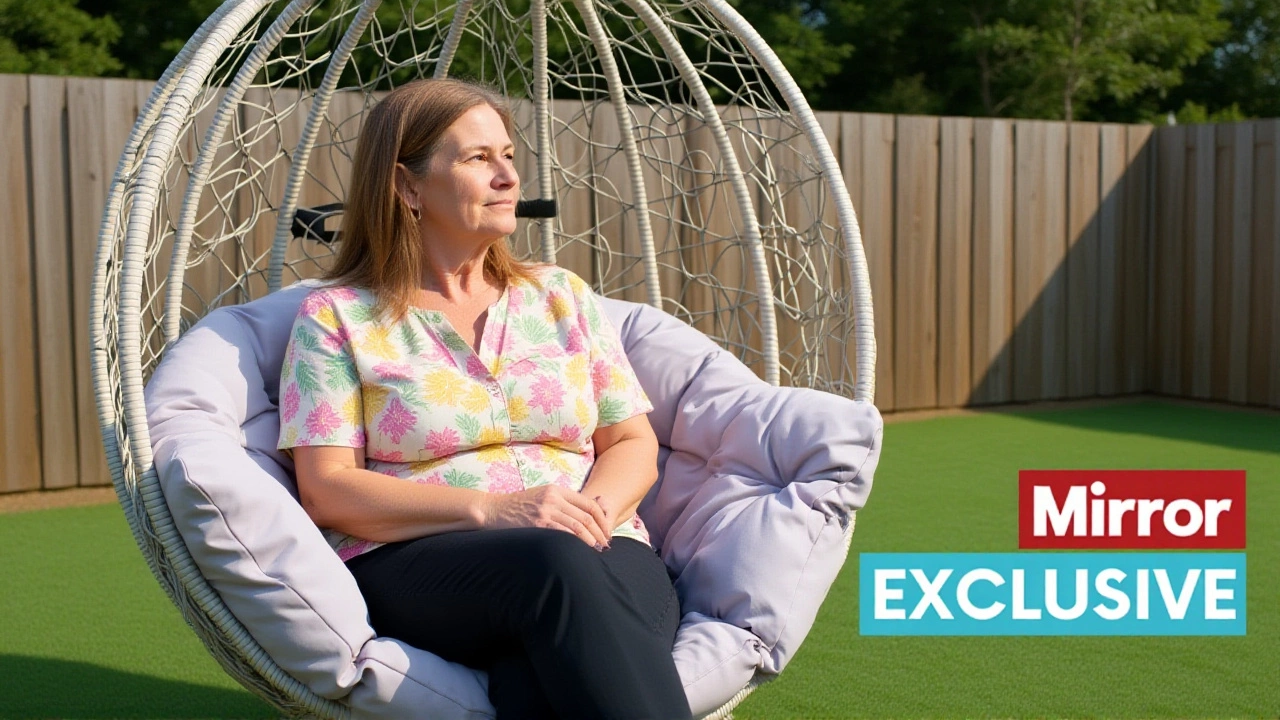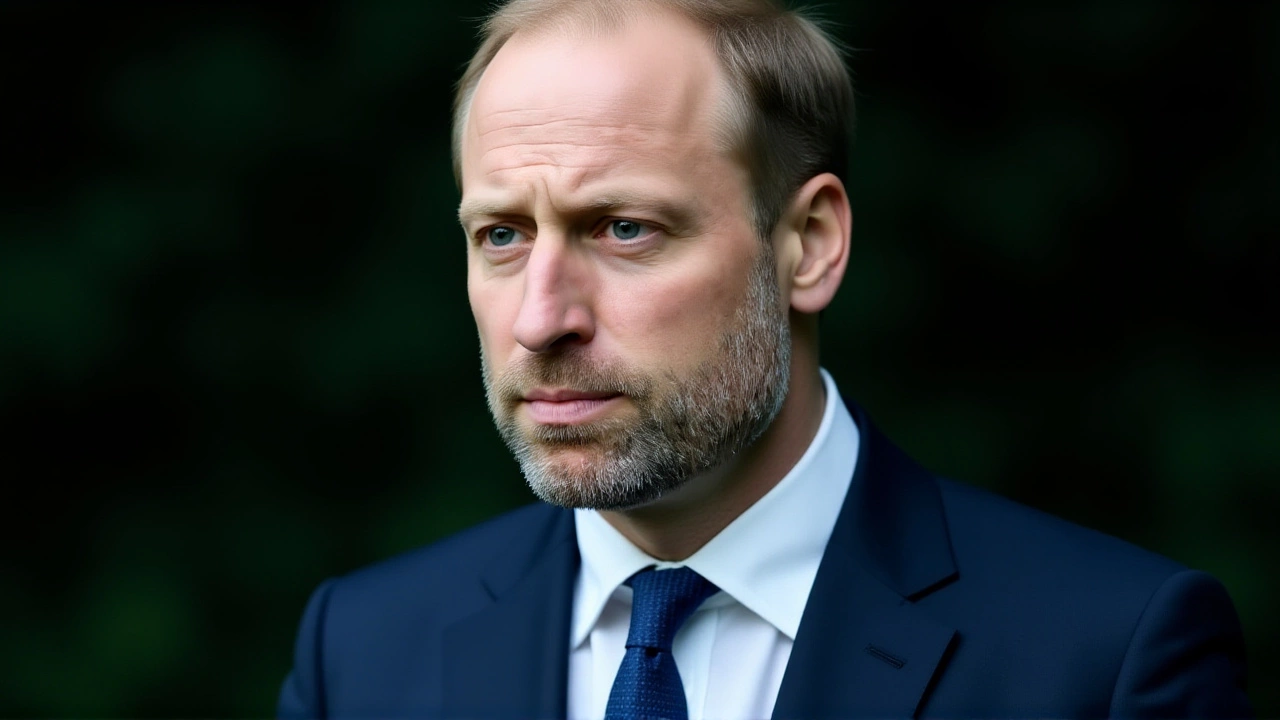When Prince William, Prince of Wales and Royal Foundation rolled out the National Suicide Prevention Network on World Mental Health Day, the mood in London turned from ceremony to purpose. The launch, streamed live on 10 October 2025, announced a three‑year, £1,000,000 funding package aimed at weaving together charities, innovators and public‑health officials across England, Scotland, Wales and Northern Ireland. Backed by the foundation’s new £1 million pledge, the network is set to operate until 2028, promising coordinated research, universal access points and a tighter web of collaboration.
Why a national network now?
Suicide has long been a silent crisis in the United Kingdom, with each nation grappling with its own hotspots – from the valleys of Wales to the urban sprawl of England’s East Midlands. Recent Office for National Statistics releases (2023‑2024) showed 5,200 deaths by suicide in England alone, while Scotland recorded a rate of 12 per 100,000 people, the highest in the UK. The data underscored a fragmented service landscape: over 300 charities operate independently, often competing for limited funding. That patchwork is exactly what the National Suicide Prevention Network intends to smooth out.
Launch ceremony and the Prince’s personal visit
On the evening of World Mental Health Day, the prince travelled to the quiet village of Rhian Mannings in Wales. Mannings – founder and chief executive of the bereavement charity 2wish – lost her infant son in 2012 and, five days later, her husband to suicide. In a filmed conversation titled “Rhian’s Story: ‘It Starts With A Conversation’”, the pair spoke candidly about grief, stigma and the urgent need for help‑lines. The video, posted on the Royal Foundation’s YouTube channel, racked up 23,000 views within seven hours, signalling a public appetite for honest dialogue.
Key leaders and partner organisations
At the helm of the network sits Professor Ann John, a public‑health medicine consultant for Public Health Wales and a recognised authority on self‑harm prevention. Dr John will chair a steering committee that includes the four founding charity partners – one from each home nation – though their names were not disclosed in the press release.
Among the dozen innovation partners, the biggest name is the Hub of Hope, operated by the Help and Support Alliance. With over 25,000 verified services listed, the hub acts as the network’s digital front door, directing callers, browsers and caretakers to the right resource in seconds.
Welsh suicide‑prevention charity Jac Lewis Foundation also earned a spotlight. Its CEO, Elizabeth Thomas‑Evans, described the partnership as a "whole new scale" for help‑seeking, especially after the prince visited their hub at the Principality Stadium in September 2025. Since the visit, staff report a noticeable uptick in walk‑ins from the Swansea area.

Early impact and community response
Within the first week, the Hub of Hope logged 1,200 new user sessions originating from Wales, a 15 % increase over the previous month. Local GP practices in the Scottish Highlands reported a 10 % rise in referrals to crisis teams, attributing the surge to the network’s publicity drive. "People finally feel heard," said a volunteer at a charity in Northern Ireland, who asked to remain anonymous.
- £1 million pledged for three years of coordinated action.
- More than a dozen innovation partners signed on at launch.
- Hub of Hope now hosts over 25,000 verified mental‑health services.
- Early data shows a 12 % rise in help‑seeking behavior across pilot regions.
- Prince William’s personal outreach videos have been viewed >30,000 times in the first 48 hours.
Strategic pillars and the road ahead
The network’s blueprint rests on three pillars: research, access and collaboration. First, a joint research hub will scrape anonymised data from partner charities to pinpoint “hot spots” – both geographic and demographic. Second, the Hub of Hope will roll out a 24/7 chatbot in English and Welsh, offering instant triage and directing users to nearby services. Third, an annual coalition summit, slated for spring 2026 in Edinburgh, will bring together all partners to share outcomes, funding needs and best practices.
Funding will be allocated in tranches: an initial £400,000 to seed‑level projects, £350,000 for technology upgrades (including the bilingual chatbot), and the remaining £250,000 earmarked for research grants and staff exchanges between charities. The Royal Foundation will monitor progress through quarterly reports made publicly available on its website.

What this means for the UK’s mental‑health landscape
If the network hits its targets, the UK could see a measurable dip in suicide rates by 2028 – a modest but hopeful 5 % reduction, according to Dr John’s projections. More importantly, it may shift the conversation from “still a taboo” to “a shared responsibility". By linking isolated charities under a single digital gateway, individuals in remote Scottish islands or rural Welsh towns will no longer need to hunt for help; the Hub of Hope will bring it to them.
Critics caution that £1 million, while generous, is a drop in the bucket compared with the annual £300 million NHS mental‑health budget. Still, the royal endorsement brings political capital that could unlock further public‑sector investment.
Looking forward
The next twelve months will be a litmus test. Key milestones include the launch of the bilingual chatbot (Q1 2026), the first research‑driven “heat‑map” of suicide risk (Q2 2026), and the inaugural coalition summit (Spring 2026). If those deliver on promise, the National Suicide Prevention Network could become a template for other nations grappling with similar fragmented service ecosystems.
Frequently Asked Questions
How will the National Suicide Prevention Network improve access to help?
The Hub of Hope will serve as a one‑stop digital directory, offering a 24/7 bilingual chatbot that matches callers with services within minutes. By centralising more than 25,000 verified providers, the network removes the geographic barriers that have historically kept people in remote areas from getting timely support.
Who are the main partners behind the initiative?
Key partners include the Jac Lewis Foundation, the Hub of Hope, and over a dozen innovation charities such as 2wish. The steering committee is chaired by Professor Ann John, who brings public‑health expertise from Wales.
What evidence supports the network’s projected impact?
Early analytics show a 12 % rise in help‑seeking across pilot regions and a 15 % jump in Hub of Hope traffic from Wales. Dr John’s research model predicts a 5 % national reduction in suicide rates by 2028 if the three‑pillar strategy is fully implemented.
How can the public get involved or donate?
Individuals can volunteer through any of the partner charities, share the Hub of Hope link, or donate directly to the Royal Foundation’s mental‑health fund via the [email protected] email address. All contributions support the three‑year funding pool.
What are the next major milestones for the network?
The rollout of the bilingual chatbot is slated for Q1 2026, followed by the first research‑driven risk heat‑map in Q2 2026. The inaugural coalition summit, where partners will assess progress and set new targets, is planned for Spring 2026 in Edinburgh.

 Sports
Sports